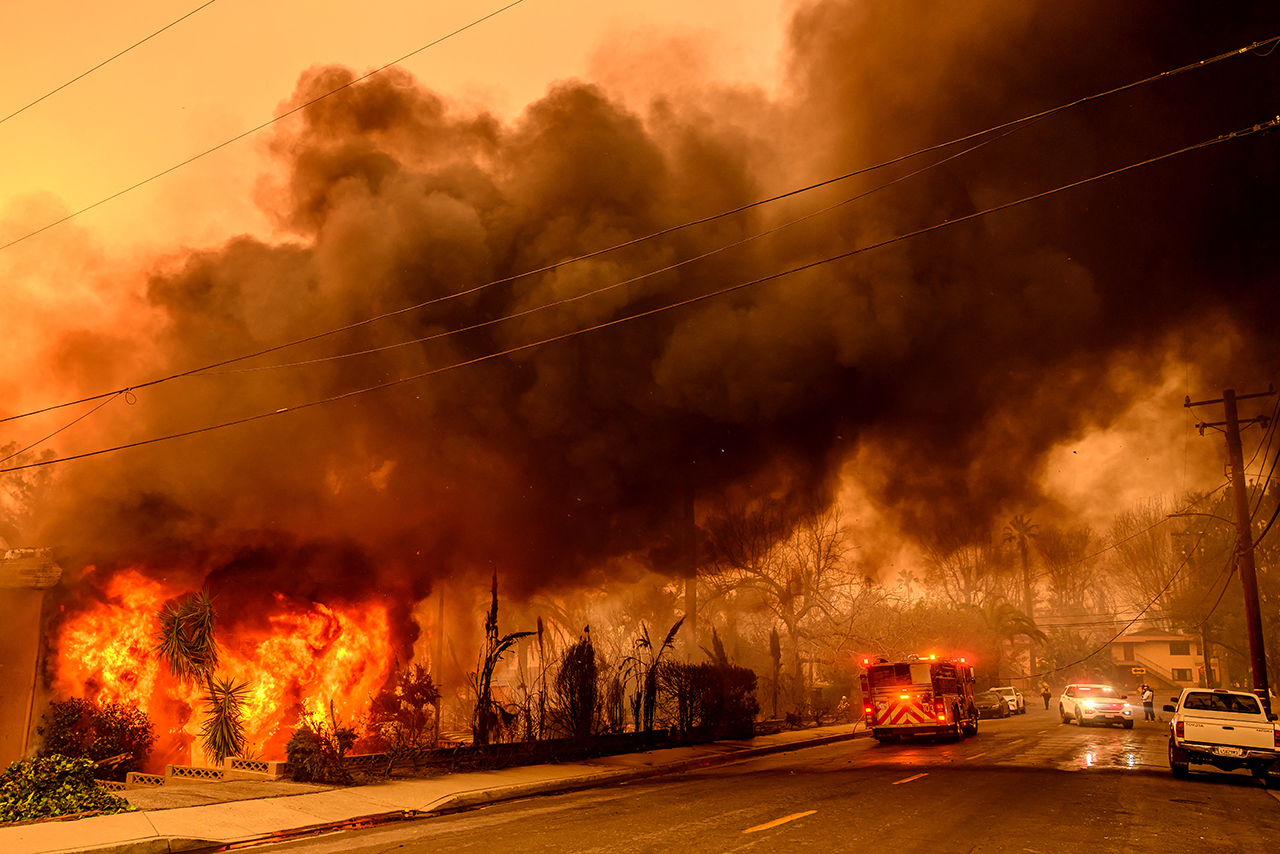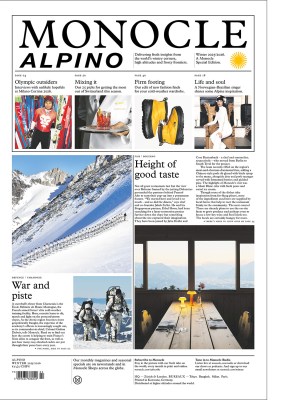Trial by fire: What Los Angeles must learn from its latest disaster
Following the 7 January ignition of a series of wildfires across Southern California, what are the lessons for Angelinos and the rest of the world as we work to make our cities more resilient?

This week on The Urbanist, Monocle’s editor in chief Andrew Tuck explores the causes, response and fallout from the Los Angeles wildfires – from climate-related causes to the politics at play and the role that mobility will continue to have in the city. Listen to the full interviews on The Urbanist podcast.
Leadership, communication, and community response
During the fires, conflicting evacuation orders caused confusion: some residents received warnings hours apart, while others were alerted in error in the middle of the night. “The sheer number of agencies involved, from city and county governments to state and federal officials, created a chaotic response,” says Marc Adelman, a communications consultant in Los Angeles. “Even high-profile visits, such as Donald Trump’s trip to the region, were mired in political tensions.”
The failures of the disaster response only highlighted what has been the progressive decline of local media as a crucial source of information during emergencies. “Social media has filled the gap but often amplifies misinformation,” says Adelman.
Mobility and the challenge of rebuilding
Despite Los Angeles’ longstanding dependency on cars, efforts are under way to expand public transit as part of the county’s 28 Projects by 2028 initiative. In response to the fires, LA Metro offered free travel for those displaced, highlighting the critical role of public transport in emergencies.
“Rebuilding presents an opportunity to improve urban mobility and fire resilience,” says John Rossant, CEO of CoMotion. “With the Fifa World Cup [2026] and the Olympics [2028] on the horizon, infrastructure development is already a priority. However, governance issues remain a challenge.” Los Angeles County comprises 88 cities, each with its own administration, making co-ordinated action difficult. Los Angeles needs “stronger city leadership and streamlined policies to ensure an effective and sustainable rebuild,” says Rossant.
While the 2025 wildfires left a deep scar on Los Angeles, history suggests that cities rebuild stronger after disasters. The challenge now is to turn tragedy into opportunity, creating a city that is not only more fire-resilient but also better connected and governed.
For the complete analysis, download The Urbanist or listen on Spotify or Apple Podcasts.
This interview has been edited for length and clarity.


